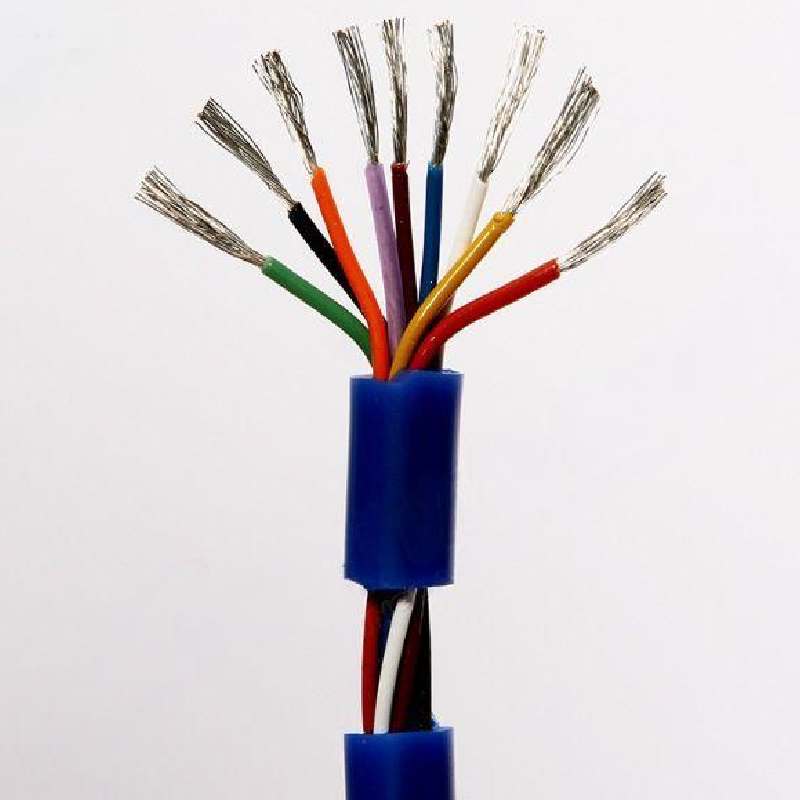10 月 . 04, 2024 18:26 Back to list
rubber expansion joint
Understanding Rubber Expansion Joints Purpose, Construction, and Applications
Rubber expansion joints play a vital role in various industrial applications by accommodating movement and absorbing shocks in piping systems. These joints are crucial components found in many sectors, including manufacturing, water treatment, and HVAC systems. They are designed to manage the thermal expansion and contraction of pipes, which can occur due to temperature changes, pressure variations, and mechanical stresses.
What are Rubber Expansion Joints?
Rubber expansion joints, also known as flexible joints or expansion compensators, are flexible connectors made primarily from rubber or elastomeric materials. These joints are used to connect sections of piping while allowing for movement due to thermal expansion, equipment vibrations, and alignment shifts. By providing a flexible interface between rigid piping systems, rubber expansion joints help mitigate the risk of pipe fatigue, ruptures, and misalignments.
The construction of a rubber expansion joint typically involves multiple layers of rubber and reinforcing materials, such as fabric or steel. This layered design enhances durability and strength while ensuring flexibility. The outer layer is usually designed to withstand various environmental conditions, making these joints suitable for use in harsh settings, including chemical processing plants, wastewater treatment facilities, and power generation.
Purposes of Rubber Expansion Joints
1. Flexibility One of the primary purposes of rubber expansion joints is to provide flexibility in piping systems. As pipes heat up and cool down, they expand and contract. Rubber expansion joints can accommodate these movements, preventing undue stress on the pipes.
2. Vibration Absorption Industrial processes often generate vibrations that can lead to fatigue in piping systems. Rubber expansion joints can absorb these vibrations, reducing the risk of damage and extending the lifespan of the pipes.
3. Noise Reduction In addition to managing vibrations, rubber expansion joints can help dampen noise in piping systems, creating a quieter working environment.
4. Offset Alignment In many instances, pipes may not align perfectly due to varying construction tolerances or settling of the ground. Rubber expansion joints can help compensate for misalignments, ensuring a tight and leak-free connection.
rubber expansion joint

5. Corrosion Resistance Many rubber expansion joints are designed to resist corrosive chemicals and environmental factors, making them suitable for use in demanding applications.
Applications of Rubber Expansion Joints
Rubber expansion joints are used in a wide range of applications across various industries. Some common applications include
- HVAC Systems In heating, ventilation, and air conditioning systems, rubber expansion joints are employed to connect ductwork and piping. They help manage thermal expansion and contraction while also reducing noise from airflow.
- Water and Wastewater Treatment These joints are commonly used in water treatment facilities and wastewater plants to accommodate the movement and vibrations of pumps and pipes.
- Chemical Processing In the chemical industry, rubber expansion joints can handle aggressive chemicals, providing a reliable connection while minimizing the risk of leaks.
- Power Generation The power generation industry employs rubber expansion joints in steam and water systems, where temperature fluctuations can cause considerable expansion and contraction.
Conclusion
Rubber expansion joints are essential for maintaining the integrity and efficiency of piping systems across multiple industries. By allowing flexibility, absorbing vibrations, and accommodating misalignments, they play a critical role in preventing mechanical failures and extending the lifespan of piping components. When selecting rubber expansion joints, it's crucial to consider factors such as material compatibility, pressure ratings, and application-specific requirements to ensure optimal performance. As industries continue to evolve, the importance of robust and reliable expansion joints will only grow, highlighting their integral role in modern engineering solutions.
Share
-
Understanding the Differences Between Wafer Type Butterfly Valve and Lugged Butterfly ValveNewsOct.25,2024
-
The Efficiency of Wafer Type Butterfly Valve and Lugged Butterfly ValveNewsOct.25,2024
-
The Ultimate Guide to Industrial Swing Check Valve: Performance, Installation, and MaintenanceNewsOct.25,2024
-
Superior Performance with Industrial Swing Check Valve: The Essential Valve for Any SystemNewsOct.25,2024
-
Industrial Swing Check Valve: The Ideal Solution for Flow ControlNewsOct.25,2024
-
You Need to Know About Industrial Swing Check Valve: Functionality, Scope, and PerformanceNewsOct.25,2024